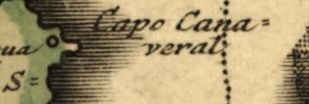Boatlode
Bronze Member
- Mar 30, 2014
- 1,728
- 3,034
- Detector(s) used
-
Tesoro Sand Shark......
Nokta Pulse dive....
Scubapro Jet Fins...................
Mares Puck dive computer.......
Sherwood Silhouette BCD.......
Poseidon Cyklon 300 regulator...
- Primary Interest:
- Shipwrecks
Why was the Nieves carrying so much gold?
Because maybe it's not the Nieves.






